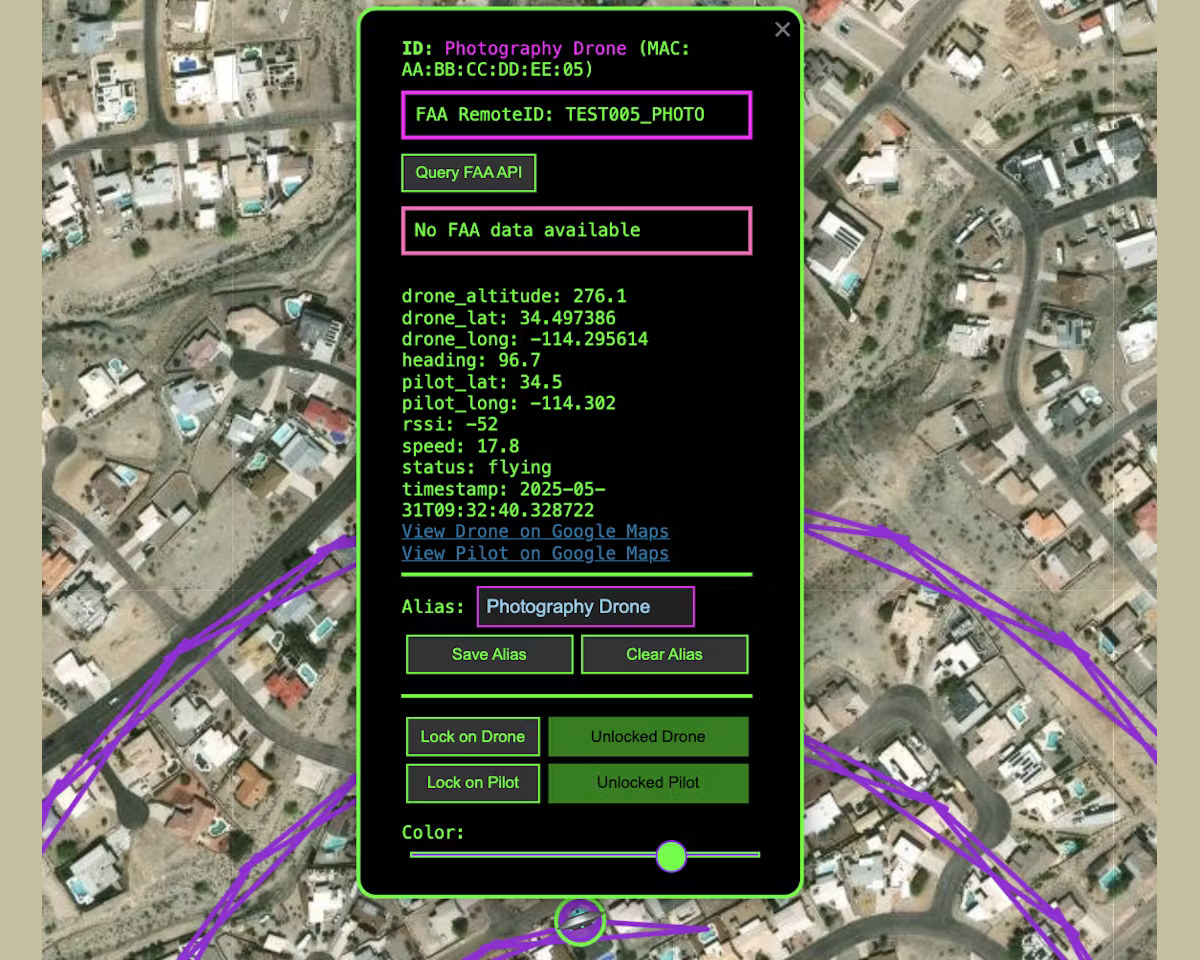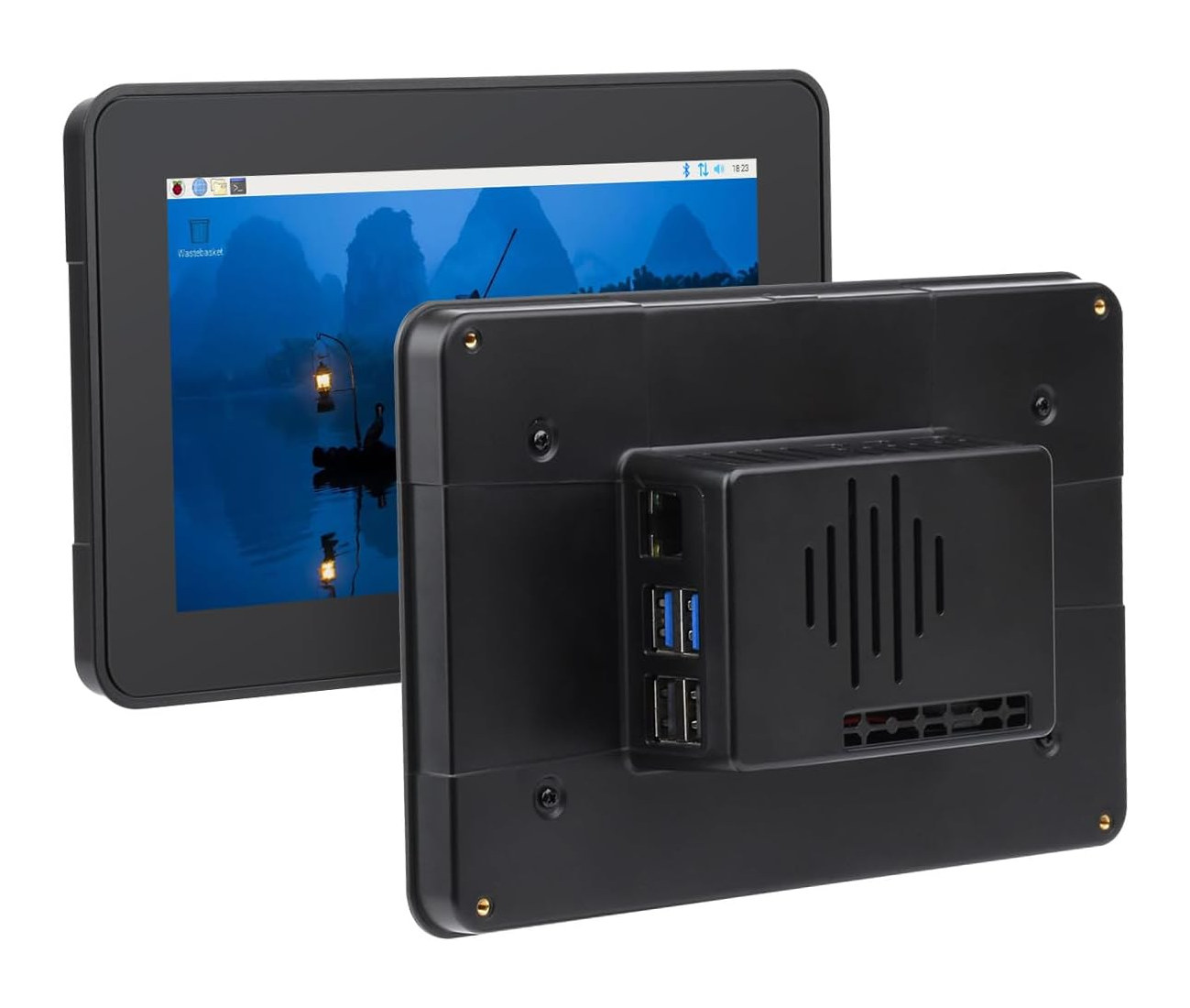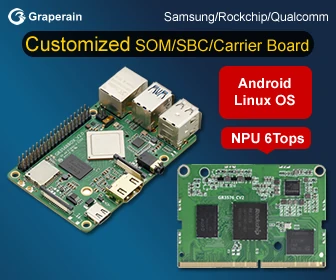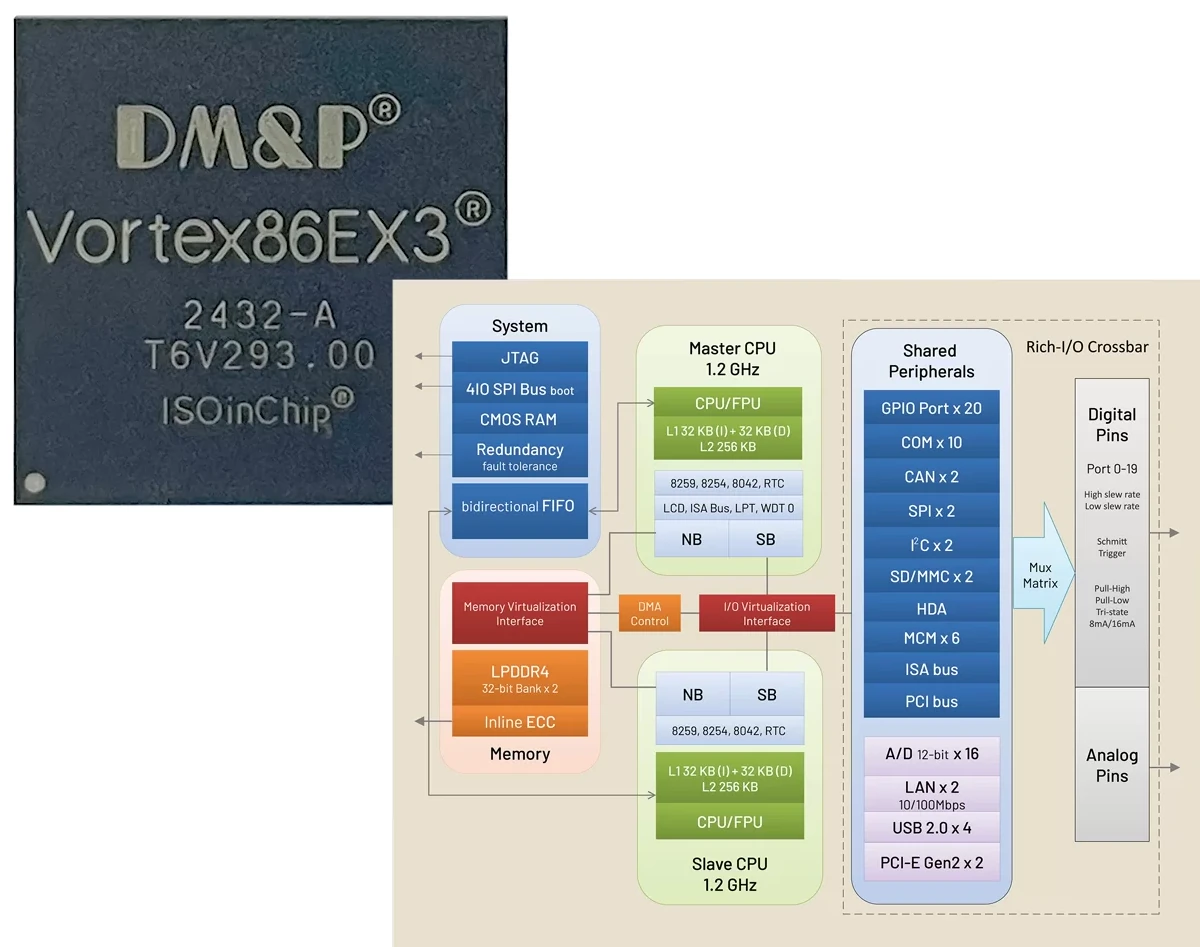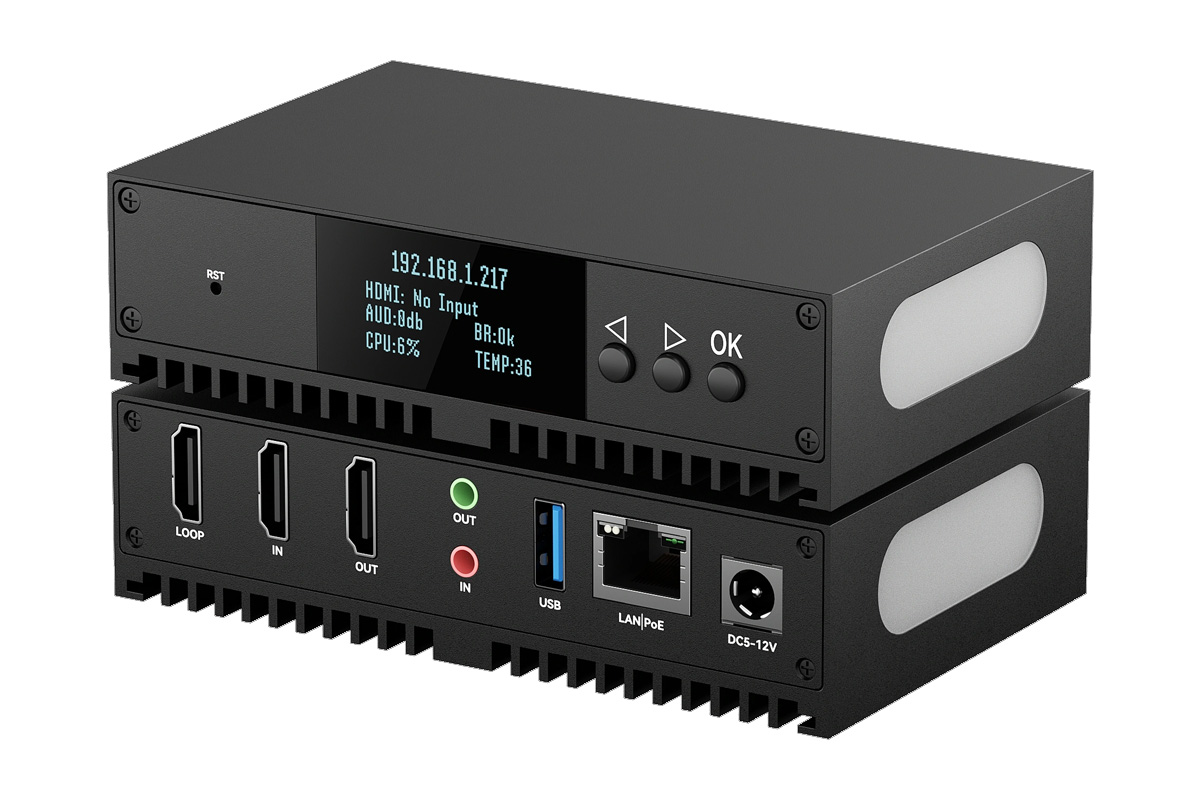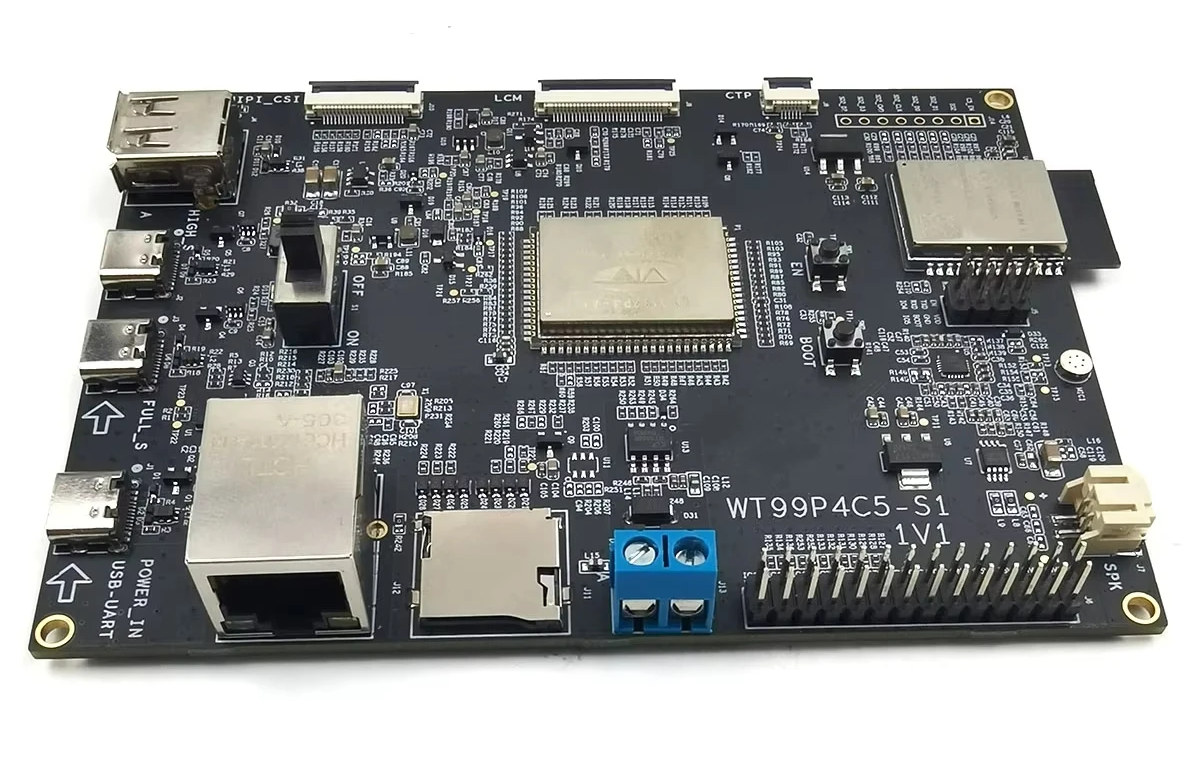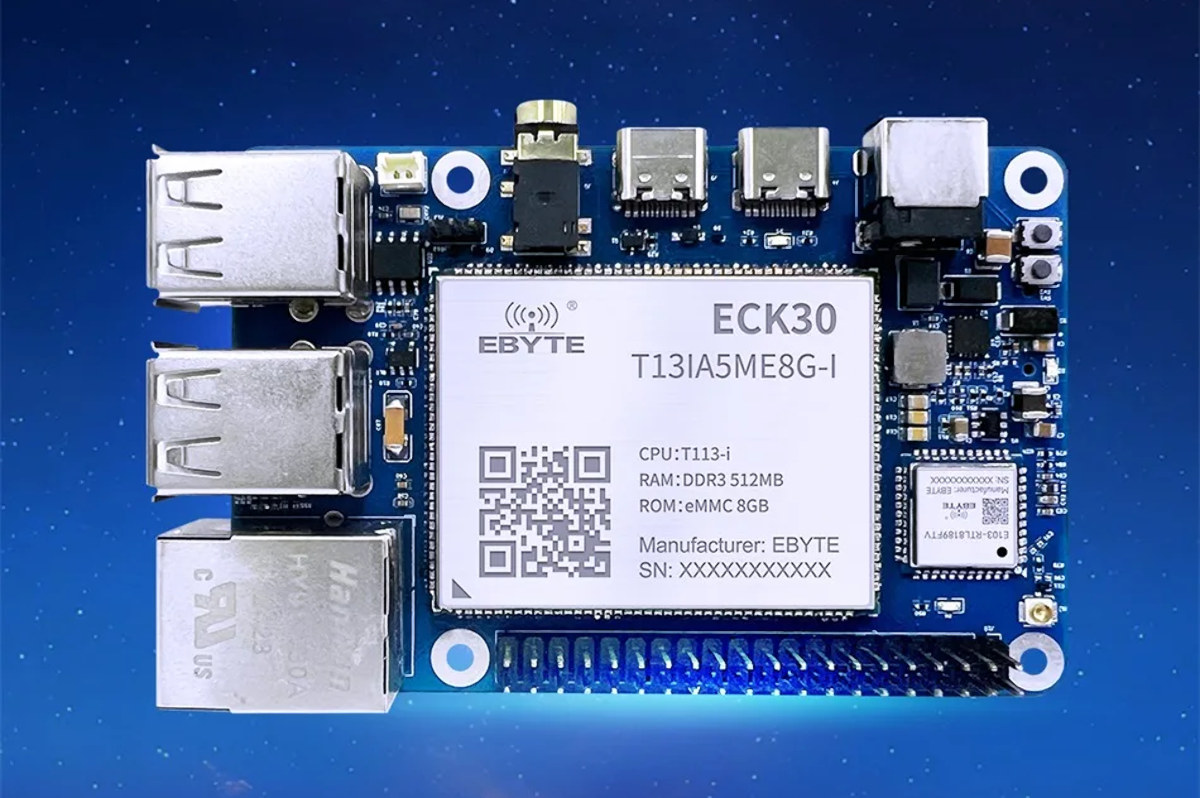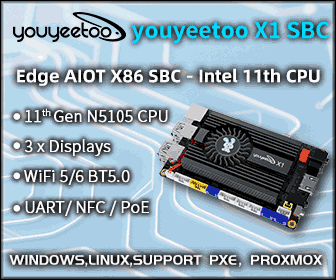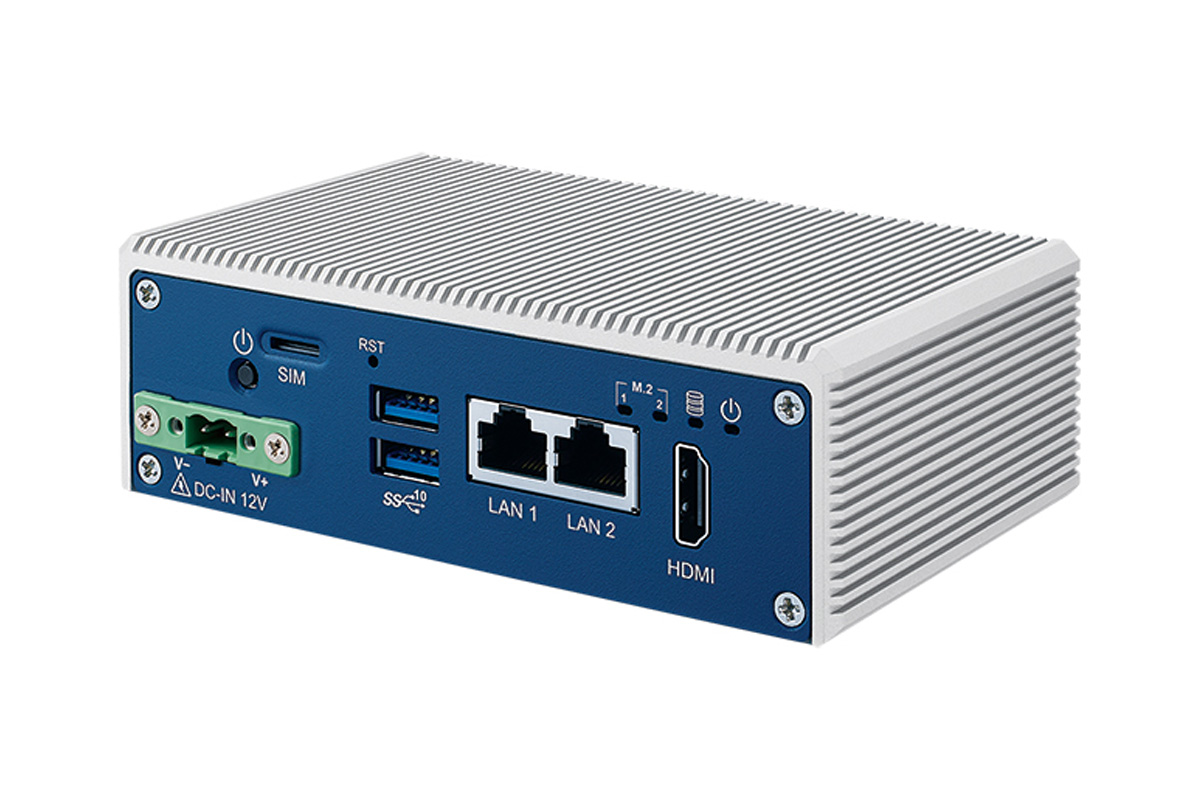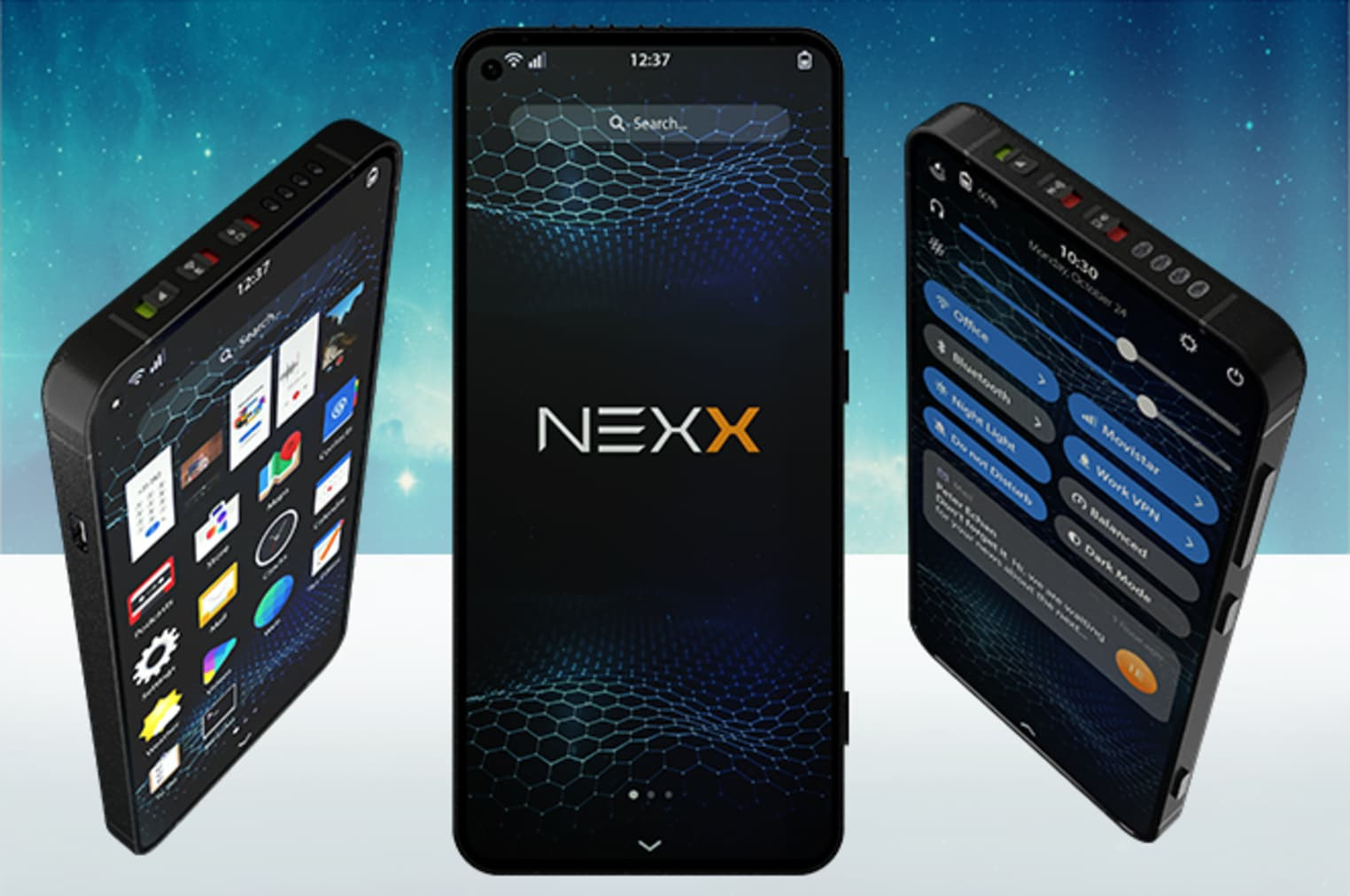Colonel Panic’s Mesh Mapper is a project designed to map drones emitting the FAA’s Remote ID over WiFi or Bluetooth with location, altitude, pilot position, and identification data. This project utilizes an ESP32-C3 or ESP32-S3 to capture Remote ID transmissions within range, and then feeds the data into a Python Flask web application part of Mesh Mapper that provides real-time visualization and logging. Meshtastic allows multiple detection nodes to share information across a mesh network, so several ESP32 nodes can be deployed in an area and be alerted when drones fly within your property or neighborhood. While you could use your own ESP32-C3/S3 board and Meshtastic hardware for this project, Colonel Panic designed a breakout board for XIAO ESP32C3 or ESP32S3 WiFi & Bluetooth module and Heltec LoRa 32 V3 connected over serial to make things easier. Something like the XIAO ESP32S3 for Meshtastic & LoRa devkit might also do, […]
Raspberry Pi 5 and Raspberry Pi Touch Display 2 get a ~$10 protective case
When I used the Raspberry Pi Touch Display 2 with a Raspberry Pi 4 as part of the Raspberry Pi AI camera review, I just placed the kit on a smartphone stand, but it was somewhat awkward and not super stable. Waveshare has now introduced the PI5-CASE-TD2 protective case for the 7-inch Raspberry Pi Touch Display 2 and the Raspberry Pi 5 that neatly combines the two, and also supports mounting to standard tripods. The company also claims it works with some other 7-inch displays. The enclosure gives access to all main ports of the Raspberry Pi 5, including Gigabit Ethernet, the four USB ports, the 40-pin GPIO header for Raspberry Pi HATs, the PCIe FFC connector, micro HDMI ports, the power button, and the USB-C port for power. I initially thought it would be compatible with the Raspberry Pi 4 too, but since the USB ports and Ethernet ports […]
Vortex86EX3 Twin Core x86 processor targets legacy industrial applications running Windows, Linux, DOS, WinCE, QNX…
D&MP Vortex86EX3 is a Twin Core x86 SoC for industrial applications with a master CPU and a Slave CPU, each capable of running an operating system independently, be it Windows 10 IoT, Linux, legacy OS like WinCE or DOS, or an RTOS like QNX. Like its predecessors, such as the DM&P Vortex86EX2 or Vortex86DX3, the Vortex86EX3 – also written Vortex86 EX3 – supports older PCI and ISA interfaces, as well as more recent interfaces such as PCIe, and the usual serial, CAN Bus, and GPIO found in this type of processor. The Vortex86EX3 is the most powerful x86 SoC from the company so far, with two cores clocked at up to 1.2 GHz to 1.6 GHz. The comparison table below lists the specifications and main features of the Vortex86DX3 (2015), Vortex86EX2 (2019), and the new Vortex86EX3. The Vortex86EX3 is not listed on the Vortex86.com website yet, and instead, I found […]
LinkPi ENC1Pro 4Kp60 HDMI video encoder supports NDI HX, Tally light, and 4G/5G/Wi-Fi USB Expansion
The LinkPi ENC1Pro is a compact, high-performance 4Kp60 HDMI video encoder designed for professional live streaming and broadcasting applications. It supports two HDMI 2.0 inputs and outputs with resolutions up to 4K @ 60fps, and is equipped with a built-in Tally light for studio use. Powered by an unnamed quad-core Arm Cortex-A55 processor coupled with 4GB DDR4 RAM and 8GB eMMC flash, the device supports H.265 (HEVC), H.264, and MJPEG compression formats. It is compatible with various streaming protocols, including NDI HX (license required), RTSP, RTMP, SRT, HTTP, HLS, and ONVIF. Other features include real-time picture-in-picture, multi-view, watermarking, subtitles, audio mixing, and video recording in formats such as MP4, MOV, and MKV. The ENC1Pro also supports AAC, MP3, OPUS, and other audio codecs, and includes 3.5mm stereo audio I/O alongside HDMI audio. It also offers flexible network connectivity with Gigabit Ethernet, USB expansion for 4G/5G/Wi-Fi modules, and supports remote management […]
This ESP32-P4 board is equipped with an ESP32-C5 dual-band WiFi 6 module
All ESP32-P4 boards and devkits we’ve covered so far rely on ESP32-C6 for wireless connectivity, but the Wireless Tag WT99P4C5-S1 differs in that it pairs the ESP32-P4 RISC-V SoC with an ESP32-C5 wireless module featuring dual-band WiFi 6, Bluetooth LE 5.0, and an 802.15.4 radio for Zigbee, Thread, and Matter connectivity. The board also features MIPI DSI and CSI connectors for a display and a camera, GPIO headers for the ESP32-P4 and ESP32-C5 modules, a microSD card slot, a Fast Ethernet port, a built-in microphone, a speaker connector, an RS485 terminal block, and a few USB ports for data and debugging. Wireless Tag WT99P4C5-S1 board specifications: Core module – Wireless Tag WT0132P4-A1 SoC – Espressif Systems ESP32-P4 CPU Dual-core 32-bit RISC-V HP (High-performance) CPU @ up to 400 MHz with AI instructions extension and single-precision FPU Single-RISC-V LP (Low-power) MCU core @ up to 40 MHz with 8KB of zero-wait […]
Credit card-sized industrial Allwinner T113-i SBC operates in the -40 to 85°C temperature range
Ebyte ECB30-P4T13IA5ME8G-I is a credit card-sized industrial-grade SBC powered by an Allwinner T113-i Cortex-A7 SoC with 512MB DDR3 RAM and 8GB flash, all part of the company’s ECK30-T13IA5ME8G-I castellated system-on-module. The single board computer is also equipped with a microSD card slot, a gigabit Ethernet port, four USB 2.0 ports, a 3.5mm audio jack, a WiFi 4 module, and the usual 40-pin GPIO header that’s more or less compatible with the one found on Raspberry Pi SBCs. What’s different is the lack of HDMI output, and the board features an MIPI DSI connector instead. Ebyte ECB30-P4T13IA5ME8G-I specifications: System-on-Module – Ebyte ECK30-T13IA1GE8G-I SoC – Allwinner T113-i CPU Dual-core Arm Cortex-A7 clocked at up to 1.2 GHz 64-bit XuanTie C906 RISC-V real-time core DSP – HiFi4 VPU Video decoder – H.265 up to 4K @ 30 FPS, H.264 up to 4K @ 24 FPS, MPEG-1/2/4, JPEG, Xvid, Sorenson Spark up to 1080p60 […]
Vecow PBC-2000 – An Intel Atom x7211RE fanless embedded system for industrial use
Vecow PBC-2000 is a fanless embedded system that houses the company’s EPBC-2000 2.5-inch Pico-ITX SBC powered by an Intel Atom x7211RE SoC. The PBC-2000 supports a wide -40°C to 70°C temperature range, dual 2.5GbE LAN, serial and USB interfaces, and comes with wall and optional DIN rail mounting options. Other features include support for up to 16GB DDR5 4800MHz SO-DIMM memory, as well as a SATA III port and an M.2 socket for storage. The system also features an external SIM card socket for 5G/4G/LTE connectivity, and an M.2 E-Key slot for wireless modules. Additional features include a 12V DC power input via a 2-pin terminal block, hardware monitoring with auto-throttling, a watchdog timer, and support for Wake-on-LAN and PXE boot. Vecow PBC-2000 and EPBC-2000 specifications: SoC – Intel Atom x7211RE dual-core Amstom Lake processor @ 2.0 to 3.4 GHz with 6MB cache, 16EU Intel UHD graphics; TDP: 9W System Memory […]
Liberux NEXX is a Linux smartphone with Rockchip RK3588S, 32GB RAM, 6.34-inch OLED (Crowdfunding)
Liberux NEXX is a Linux smartphone powered by a Rockchip RK3588S octa-core Cortex-A76/A55 processor coupled with 32 GB LPDDR4x and a 512GB eMMC flash, as well as a 6.34-inch 2400×1080 OLED display. We’ve seen other Linux smartphones in the past with the most popular likely being the Purism Librem 5 and Pine64’s PinePhone Pro. However, those are showing their age with older NXP i.MX 8M and Rockchip RK3399 SOCs, and the Liberux NEXX brings much-needed performance with a Rockchip RK3588S and 32GB of RAM, enabling mobile/desktop convergence to an extent. Liberux NEXX specifications: SoC – Rockchip RK3588S CPU – Octa-core processor with 4x Cortex-A76 cores @ up to 2.4 GHz, 4x Cortex-A55 cores @ up to 1.8 GHz GPU – Arm Mali-G610 GPU with OpenGL ES 3.2, OpenCL 2.2, and Vulkan 1.2 support VPU – 8Kp60 video decoder for H.265/AVS2/VP9/H.264/AV1 codecs, 8Kp30 H.265/H.264 video encoder AI accelerator – 6 TOPS NPU […]


